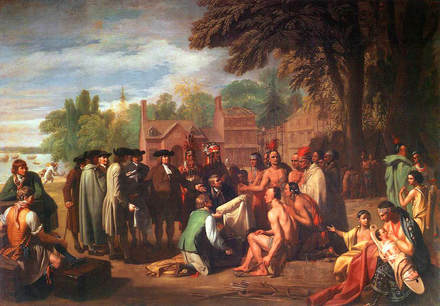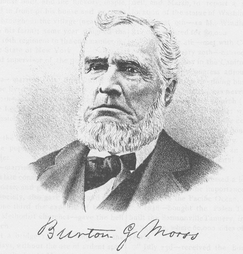Lacawac and the History of its Land
The Early Years
The evolution of Lacawac Sanctuary is a wonderful and interesting history!
- Two dugout canoes found in Lake Lacawac indicate this area was originally inhabited by the Leni-Lenape (Len-ah-pee) Indians.
- In 1754 heirs of the William Penn family purchased a 12,500-acre tract of land in Wayne County called Wallenpaupack Manor, which was a private in-holding within the land granted to Perm by the British Crown.
- The Wallenpaupack Manor was acquired, in 1793, by the Honorable James Wilson. Wilson was a U.S. Supreme Court judge, and one of the signers of the Declaration of Independence.
- Mr. Burton Morss, who owned and operated a sawmill and tannery on the Wallenpaupack River at Ledgedale, acquired much of Wallenpaupack Manor in 1849. Morss would fish Lake Lacawac which was known as an excellent bass lake.

